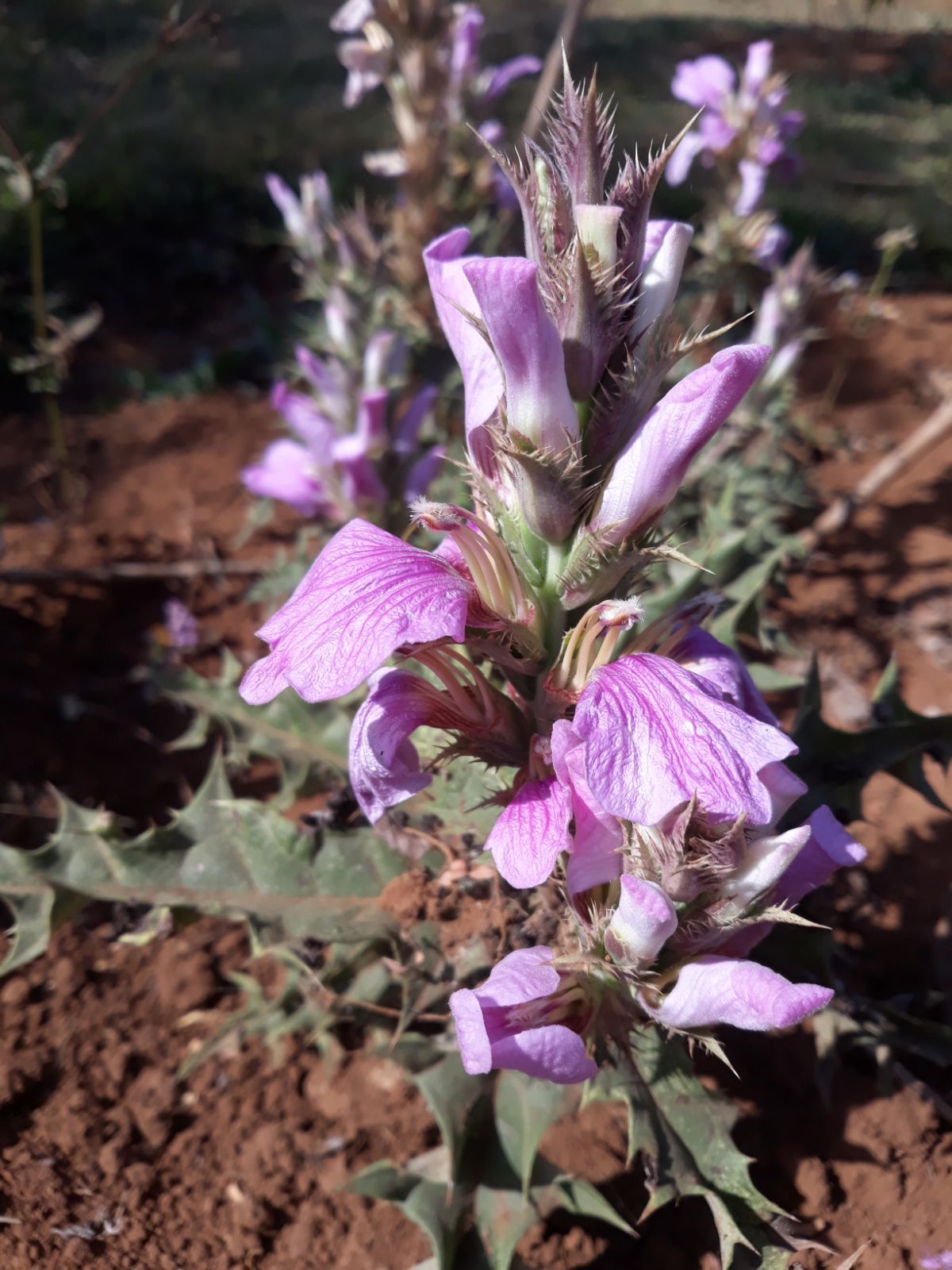Acanthus
Credits
John Grimshaw (2019)
Recommended citation
Grimshaw, J. (2019), 'Acanthus' from the website Trees and Shrubs Online (treesandshrubsonline.
Family
- Acanthaceae
Common Names
- Acanthus
A genus of 22 species of herbaceous perennials or shrubs, usually with spiny foliage. Shrubby species with single or branched stems, glabrous or slightly pubescent. Leaves opposite, lobed or toothed, each lobe and apex terminated by a spine. Inflorescence a terminal spike of decussate flowers (paired, each pair at right angles to the next); flowers subtended by spiny bracts and bracteoles. Calyx four-lobed, each lobe spiny; corolla with a single lip; stamens four; ovary and style glabrous, stigma with two equal lobes. Capsule sessile, glabrous, containing four flattened seeds (Kelbessa 2006).
The genus Acanthus is best known in temperate gardens for the Mediterranean herbaceous species, widely grown for their handsome foliage complemented by tall inflorescences of green and white flowers, but about half the species are shrubby. These are mostly tropical species, and mostly very frost tender, being seen in temperate countries as unusual greenhouse or summer container specimens. Among those occasionally cultivated are A. polystachius Delile (syn. A. arboreus auctt. non Forssk., A. pubescens (Oliv.) Engl.), with pink or white flowers, and A. eminens C.B.Cl. with blue to purple flowers, both reaching up to 5 m in their native upland East African habitats (Vollesen 2008): they are frequently seen as hedges in Kenya. Astonishingly, A. ilicifolius L. with sky-blue flowers grows in mangrove swamps in southeast Asia and Australia (Mabberley 2017); a variegated clone is cultivated in south-east Asia.
The Ethiopian A. sennii is the hardiest of the shrubby species and is cultivated in Europe and North America.


